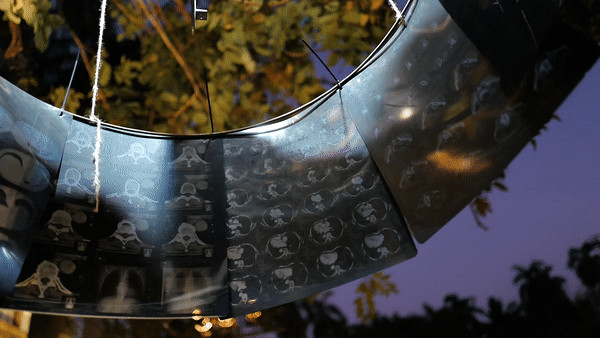
Born in Berlin in 1917 to a family of Jewish origin, Charlotte Salomon, took refuge with her maternal grandparents on the French Riviera in 1939 due to the racial laws. There, haunted by the nightmare of persecution and the premonition of an imminent end, between 1940 and 1942, she painted her autobiography “Life? Or Theatre?” — small gouache paintings with text and musical notations — a work that combines different forms of art and narration. In more than a thousand works, she recounts the events of her short life and leaves testimony to the horrors and tragic events that wrenched Europe in those years. Charlotte was arrested, together with her husband Alexander Nagler, by the Gestapo and deported to Auschwitz on 10 October 1943. The same day, she was sent to the gas chamber.
She died at the age of 26, five months pregnant. Her work, discovered in 1947, is now preserved at the Jewish Historical Museum in Amsterdam.
Beyond the tragic end, and the atrocity of the crime itself, Charlotte Salomon’s is in a certain sense the story of a victory. She managed to preserve, pass on, and make indelible, the memory of her life. What her killers precisely intended to destroy, looks great, poetic, and beautiful to us today. This is her great teaching, which is applicable to all of us. Will we be able to say what is necessary before the Gestapo (illness, misfortune, the natural end) knocks on our doors too? And what is needed? This is the subject of my cycle of paintings.









